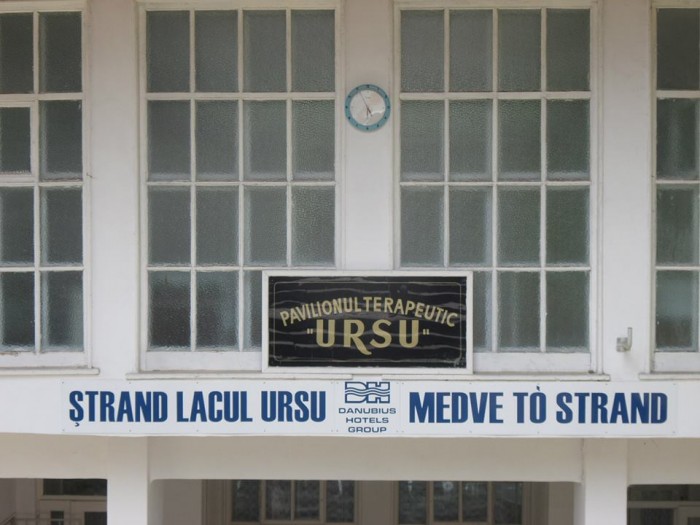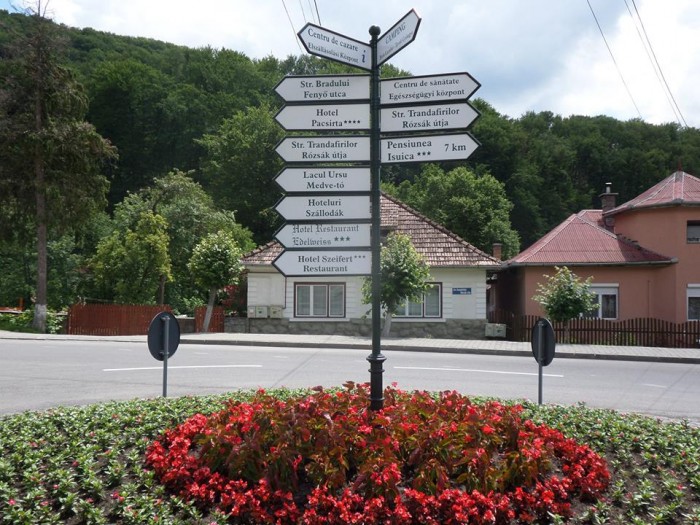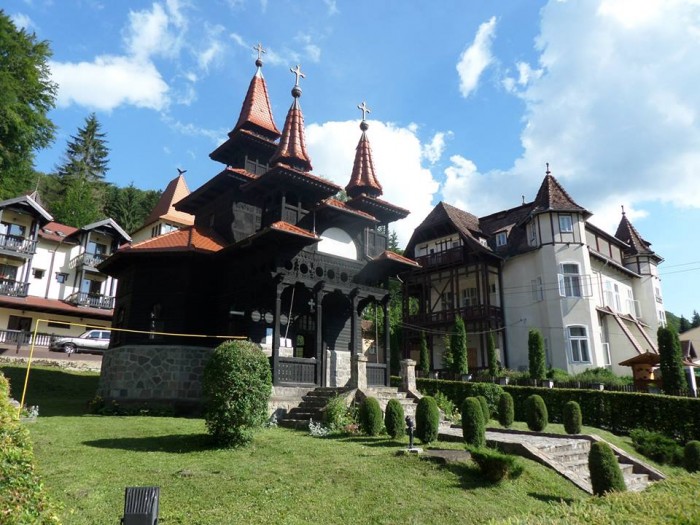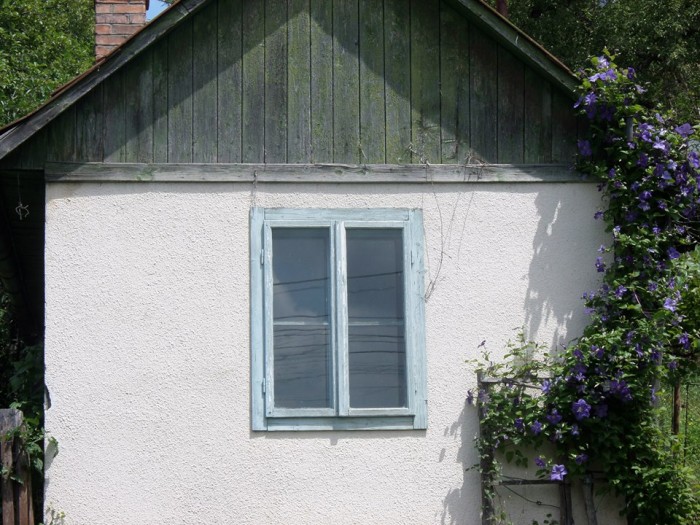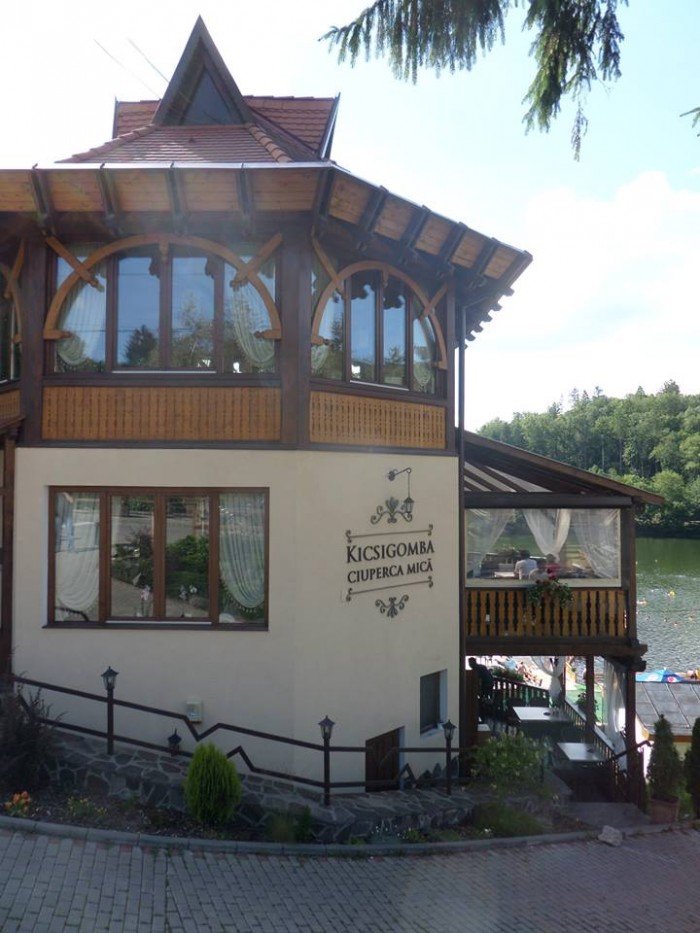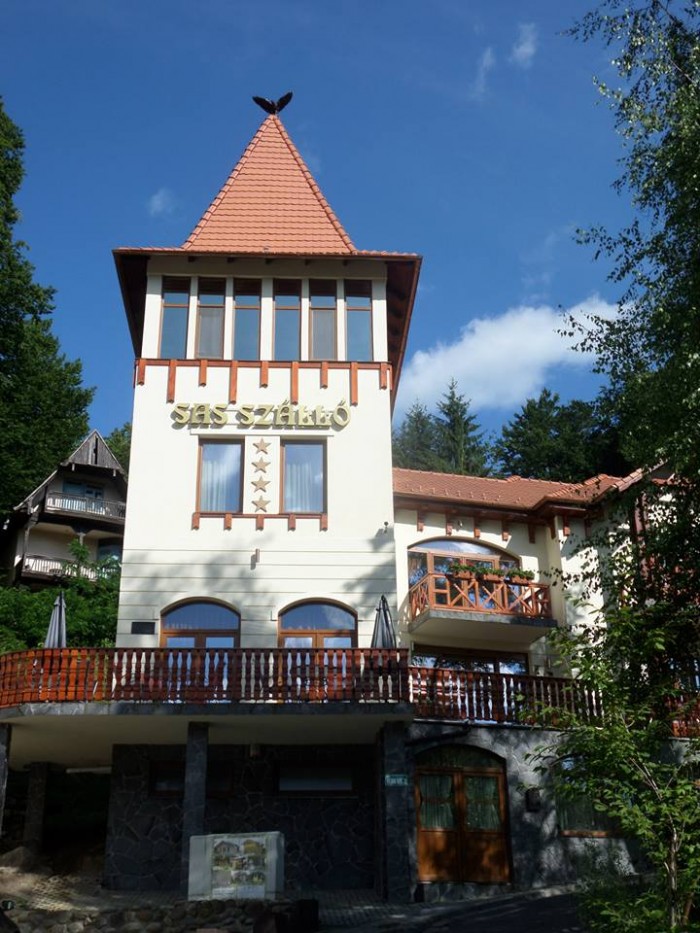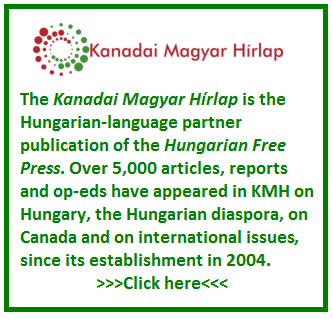I had the chance to visit Szováta, a primarily Hungarian-speaking resort town located in Romania’s Transylvania region, which is an admittedly off-the-beaten track destination for nearly any tourist who isn’t either ethnic Hungarian or Romanian. Most famous for the thermal salt water Bear Lake, or Lacul Ursu/Medve tó, and for its cliffs made of solid salt, the area around the town also has a string of other warm water lakes, as well as a national park. Starting in 1901, Szováta became a favoured spa town among Central European royalty, and Bear Lake, with its warm waters and some 66,000 tons of salt, is a truly unique ‘swimming’ experience…one that I can only really compare to floating in the Dead Sea. Although in this case, you can enjoy a freshly-prepared Mics (Mititei), while you wait for the salt lake to open to swimmers, or — more appropriately — floaters. Located in eastern Maros (Mures) county, 60 km from the town of Marosvásárhely (Târgu-Mureș), Szováta–where Hungarians comprise 89% of the population–is also a type of cultural “gateway” to the Hungarian-majority county of Hargita (Harghita), situated just a few kilometers to the east.
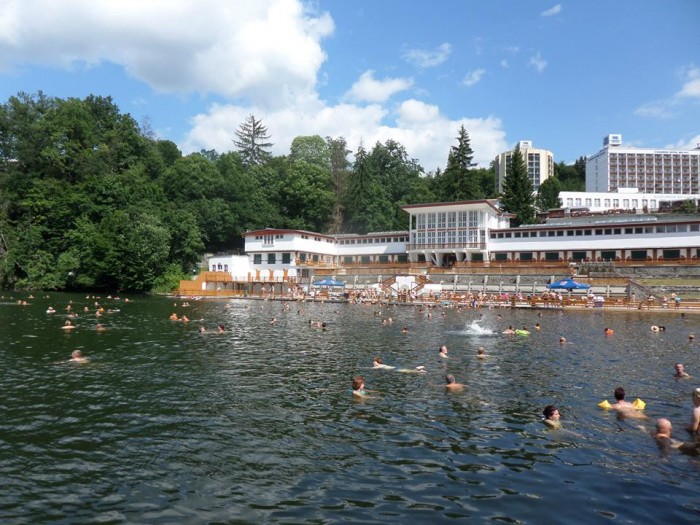
Bear Lake (Medve tó), the strand and the Danubius hotel chain in the background. Photo: Christopher Adam.
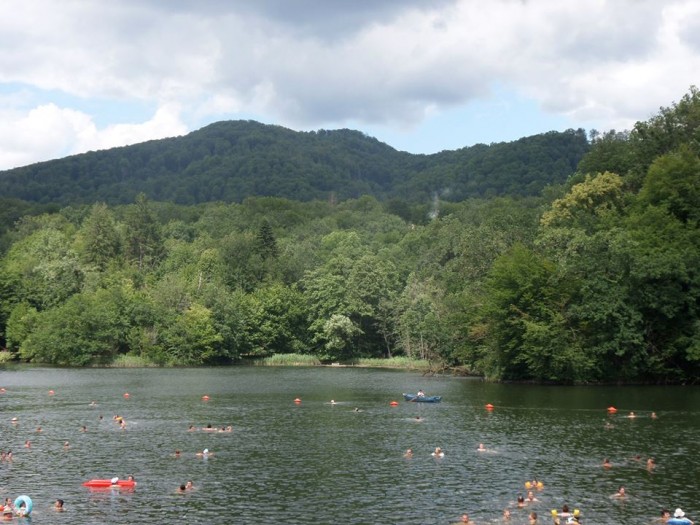
The thermal Bear Lake (Lacul Ursu/Medve tó). The lake is quite an experience to swim in. There are parts of it that are quite cool, and other areas that are very hot. In fact, it isn’t possible to swim in the lake between noon and 3pm, as it heats up too much. Photo: Christopher Adam.
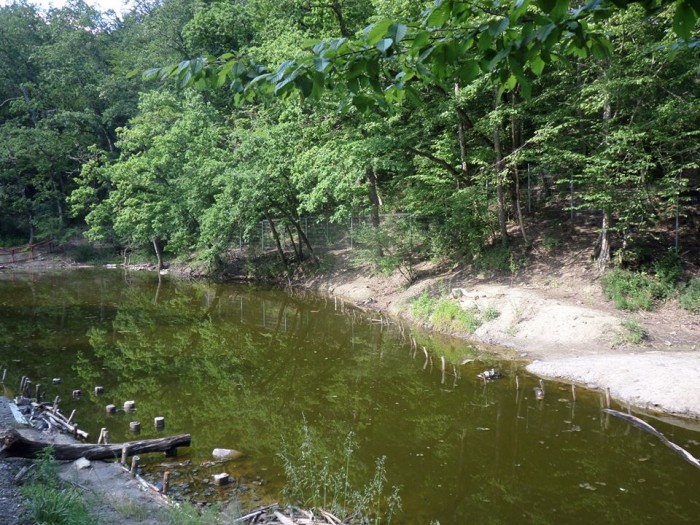
One of many small, salty bodies of water next to Bear Lake. In Romanian, this one is called the Lacurile Rosu si Verde, or simply the Red and Green Lakes. Photo: Christopher Adam.
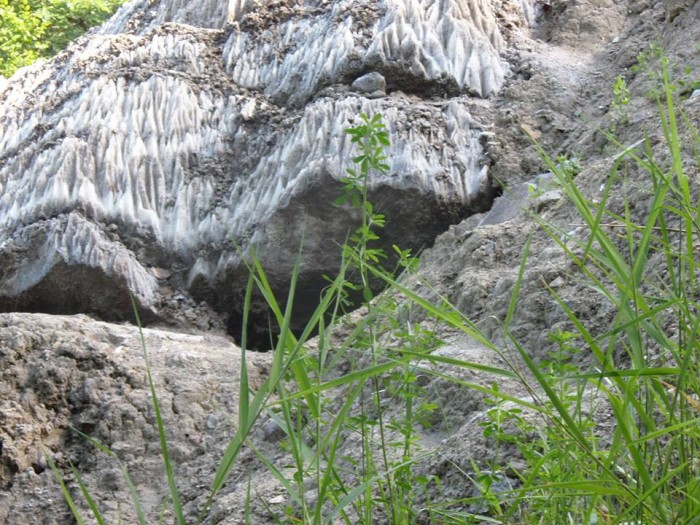
Epsom salt is sold throughout Szováta is various shops. These salt cliffs are a very common sight in the forests that surround Bear Lake. Photo: Christopher Adam.

The Szőke Villa – one of many family-run bed and breakfasts in Szováta. This establishment is also making a bit of a statement, by flying what has become known as the Szekler flag (blue-gold flag on the left, next to the Hungarian flag). This has become the symbol of a move for autonomy in two Hungarian-majority counties in Romania, as well as in parts of neighbouring Mures (Maros) county. Photo: Christopher Adam.

